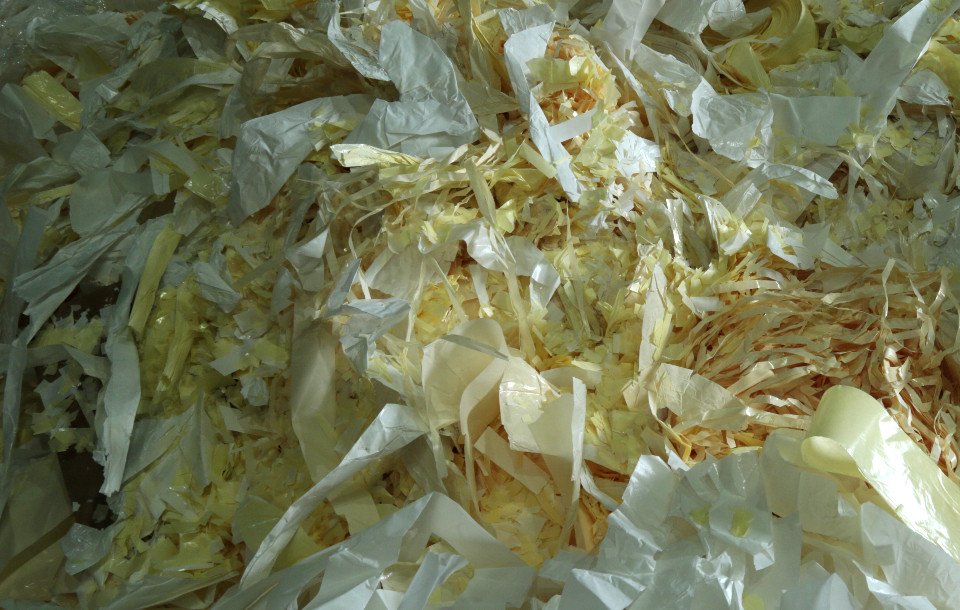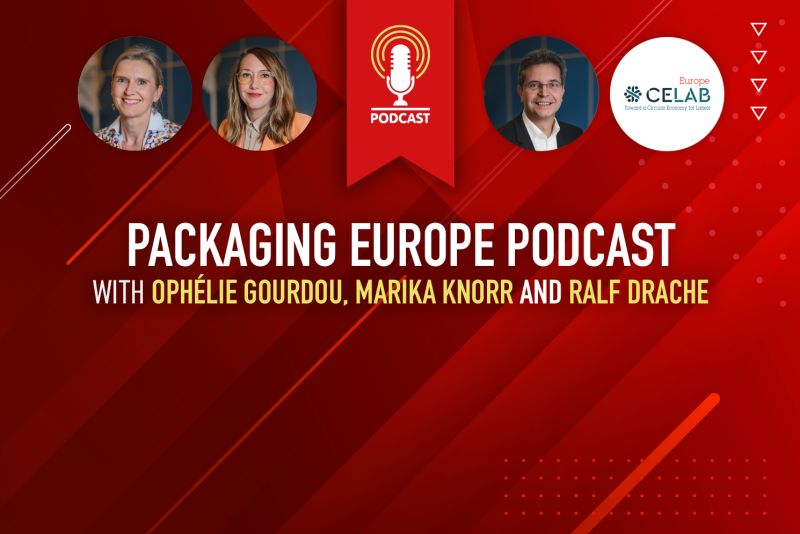Position letter: CELAB-Europe on the revision of the Packaging and Packaging Waste Directive
- June 6, 2023
- Press Release

The official signed PDF-version of the position letter is available here.
CELAB-Europe fully supports the objectives of the revision of the Packaging and Packaging Waste Directive to contribute to the effective functioning of the internal market while reducing the impacts of packaging and packaging waste on the environment and on human health. We welcome the opportunity to give feedback on the proposal presented by the European Commission.
Turning the Directive into a Regulation will avoid regulatory fragmentation and create a uniform set of rules across the EU Single Market. To provide clarity and certainty to the complete packaging value chain, we propose to include “release liner from self-adhesive labels” as an example of non-packaging items within Annex I of the proposal.
The release liner is an essential part to deliver self-adhesive (also known as pressure- sensitive) labels, enabling their manufacturing, conversion (e.g. printing, die-cutting) and application as decoration for packaged goods. Release liner turns into waste at the same time that a self-adhesive label becomes packaging material, either as: packaging (when applied directly to a product such as a fresh fruit), or more commonly as part of a packaging unit (when applied onto another packaging container, such as a bottle or a box). This process typically takes place at industrial or commercial facilities, which become the holders of the release liner waste. Consequently, release liner from self-adhesive labels is never part of a finished packaging unit. In fact, it would be best described as a production residue¹ of the manufacturing of packaging.²
Release liners can be paper- or film-based; universally they have a thin coating of silicone that enables their function and is essential to the production process, transportation and maintenance of printed labels, ahead of their application as packaging. All release liners can be recycled into high-quality products³, although the coating requires a specialized process that is favoured by collection in a separate waste stream and processing at specific facilities. This separation is best performed at the source, which is straightforward as the release liner and the self-adhesive labels are typically handled in rolls. CELAB and its members have set up the necessary systems to connect the waste holders and waste processors to facilitate the recovery of used release liner to ensure that it is recycled at scale.⁴
Paper release liner for self-adhesive labels represented less than 0,5% of the total paper and board used in the EU (0,453MT out of 80MT)⁵, while filmic liners represented less than 0,4% of the total PET placed in the EU market (0,019MT out of 5,1MT)⁶. Despite these small relative amounts, siliconized paper and PET are seen as disruptors of recycling processes when collected in mixed material streams.⁷ Recycling these materials in separate streams represents a double benefit, effectively converting them into high quality products while preserving the recycling efficiency of other waste streams.
We believe that including release liner among the examples of “non-packaging” items would avoid regulatory uncertainty and allow ongoing efforts to create a circular system of liner recycling to continue to increase recycling rates over time.
CELAB-Europe is the European branch of the global Circular Economy for LABels project set up in March 2020, with the aim of building a circular economy for self-adhesive label materials in Europe.⁸ With 35 members to date, it is a collaboration of the whole self-adhesive label value chain to enable stakeholders to collect and recycle their used release liner and matrix material. The goal of the initiative is to have more than 75% of the used release liner and matrix to follow a circular business model by 2025.
Ralf Drache (Herma)
Chair of CELAB-Europe
1. Communication COM (2007) 59 defines production residue as “something that is not the end product that the manufacturing process directly seeks to produce”
2. This is in line with the interpretation offered by the ECJ in Case C-9/00 Palin Granit Oy (2002) ECR I- 3533
3. CELAB Studies and Whitepapers
4. CELAB-Europe interactive map of solution providers
5. Data for 2021: European Paper Recycling Council 2021 Monitoring Report
6. Data for 2020: PET Market in Europe – State of Play 2022
7. European Commission, DG ENV, Effectiveness of the essential requirements for packaging and packaging waste and proposals for reinforcement, p. 28
8. CELAB Global. https://celabglobal.org/
For any questions on CELAB or this pledge please contact us directly at info@celab-europe.org or here.

